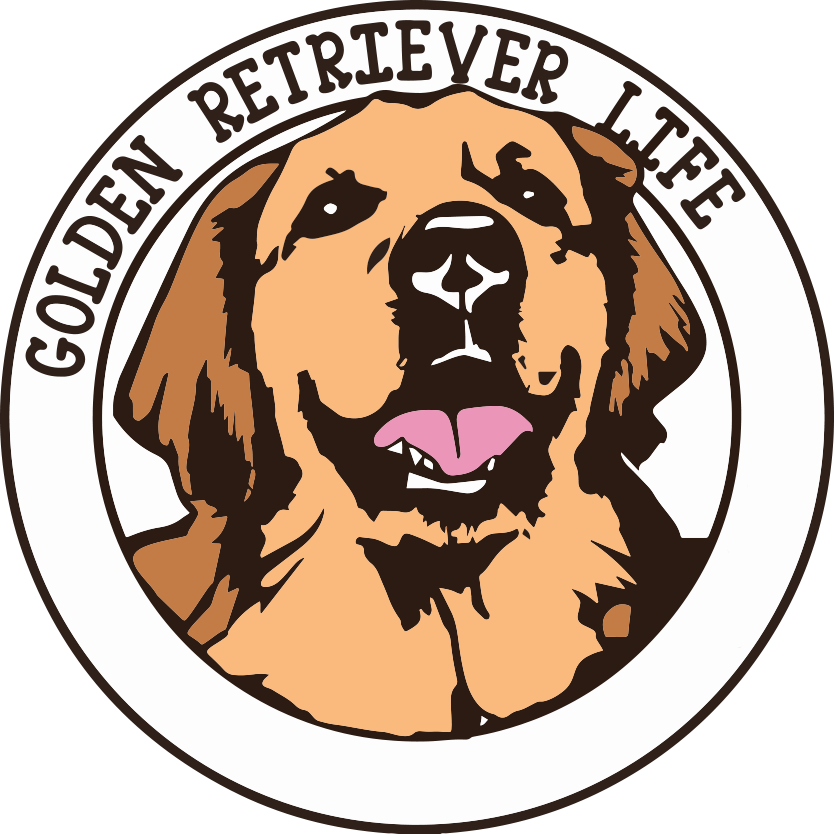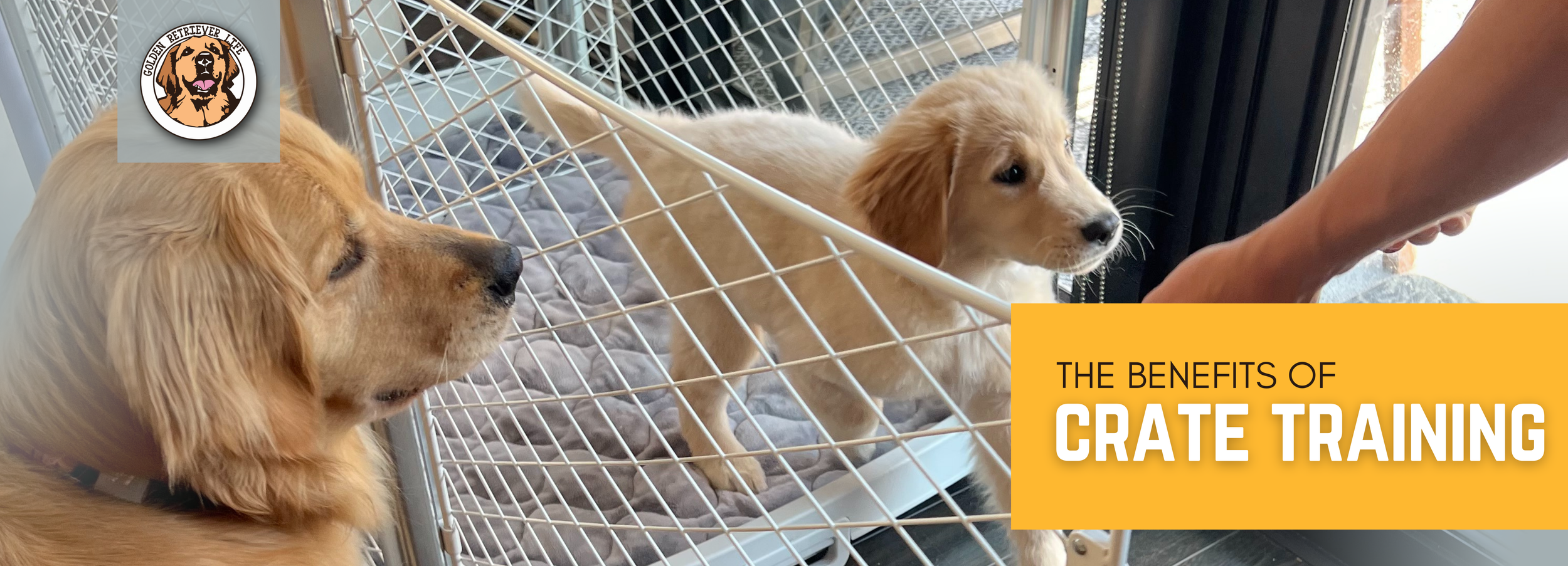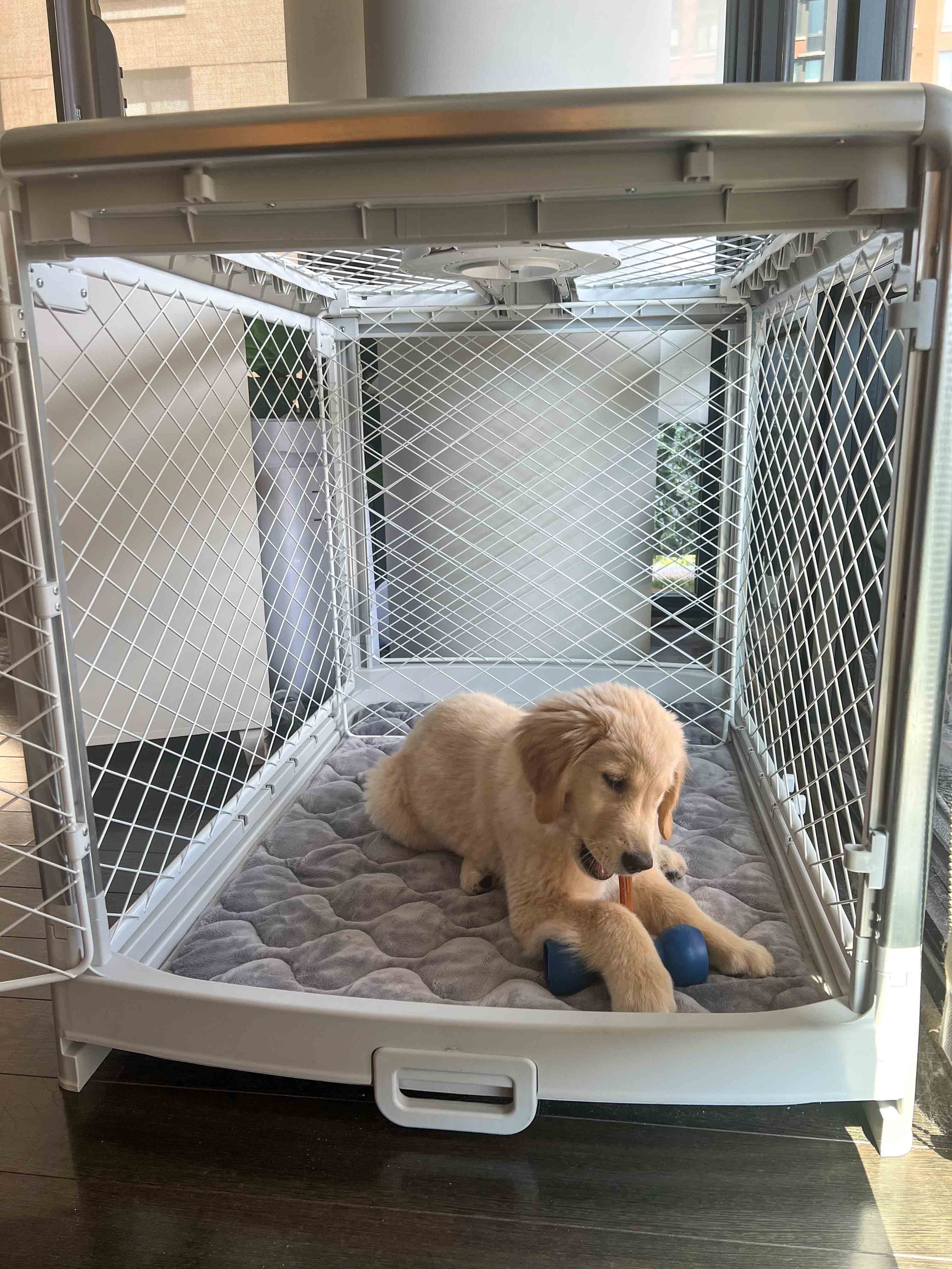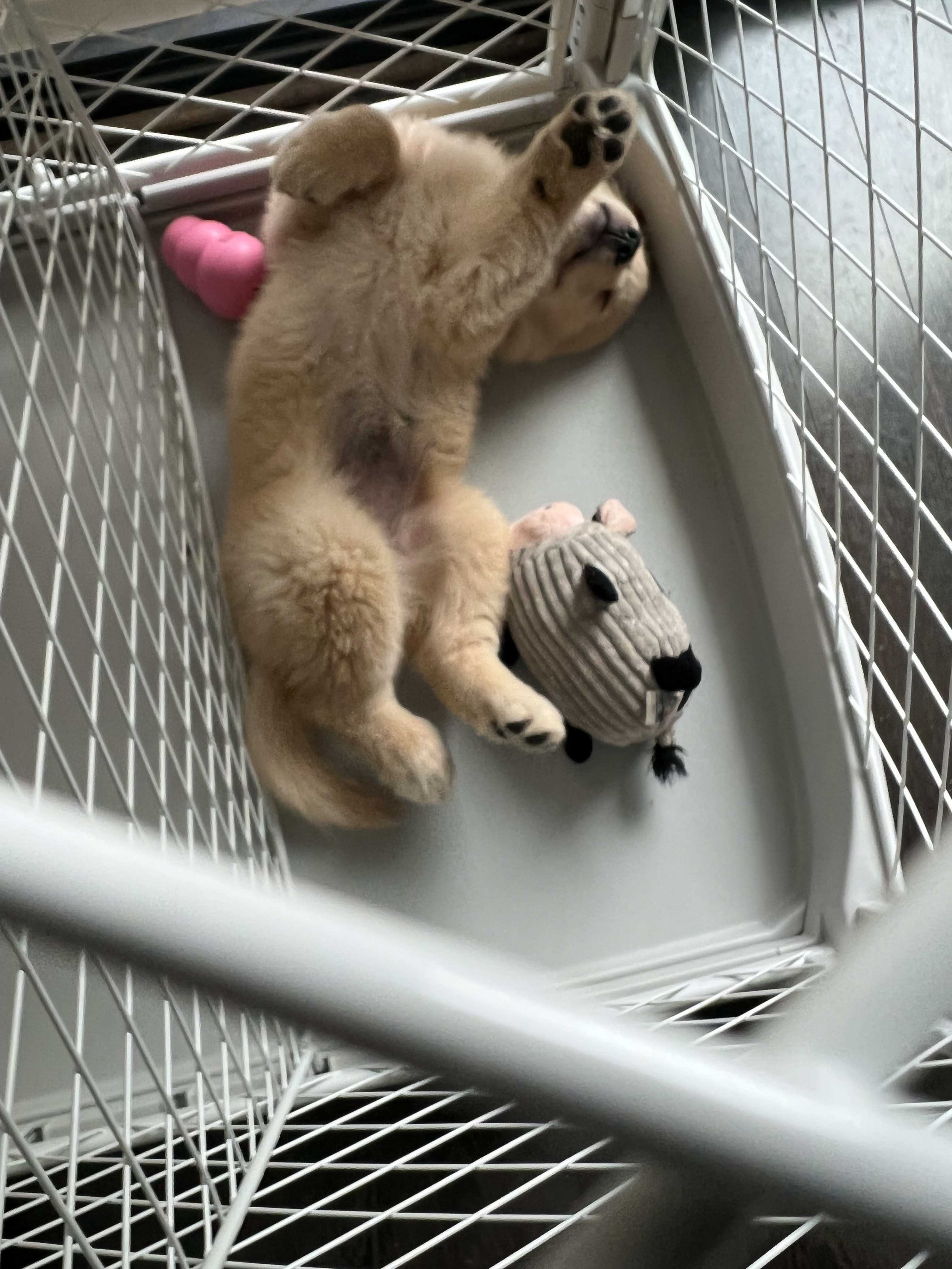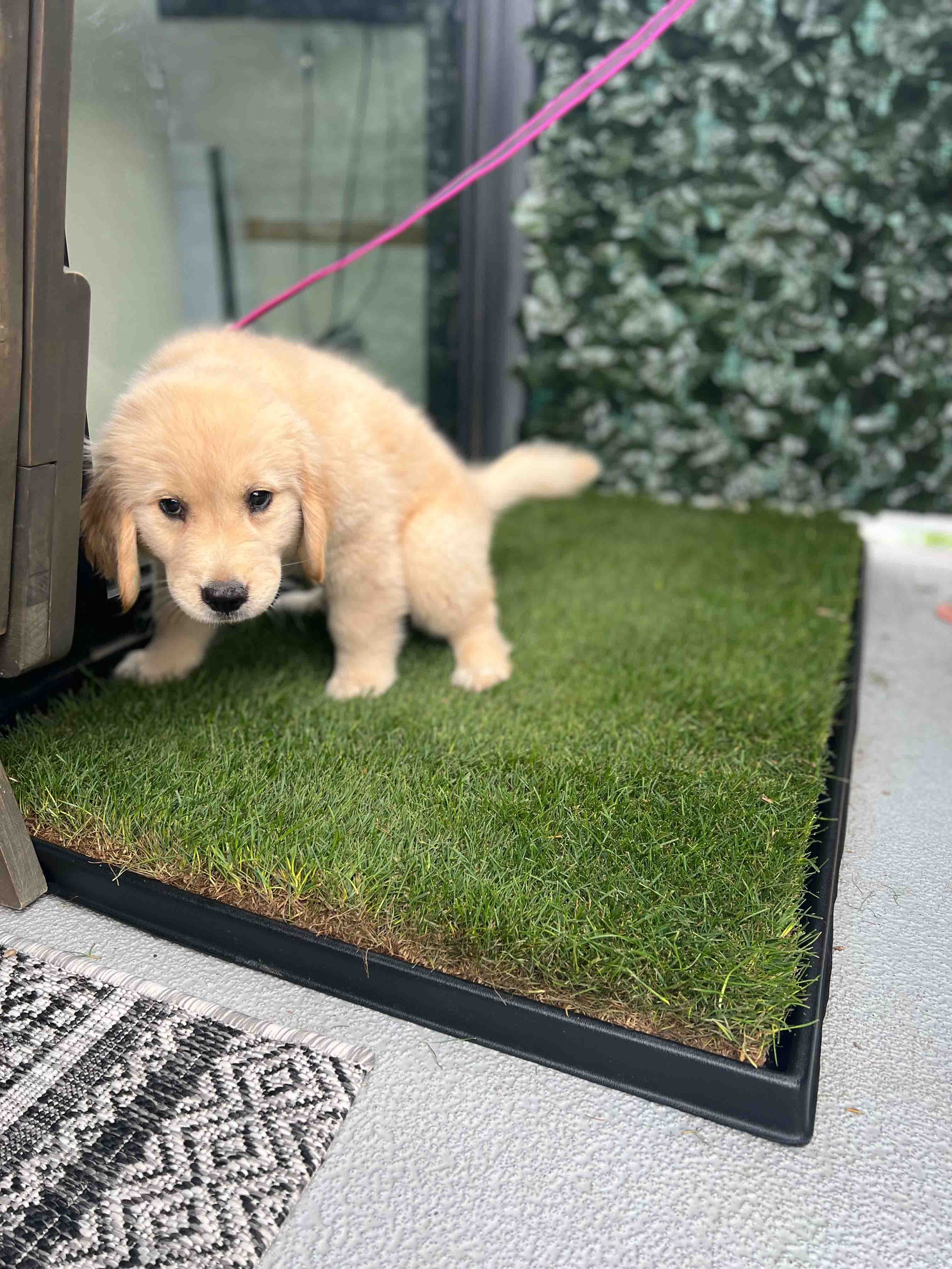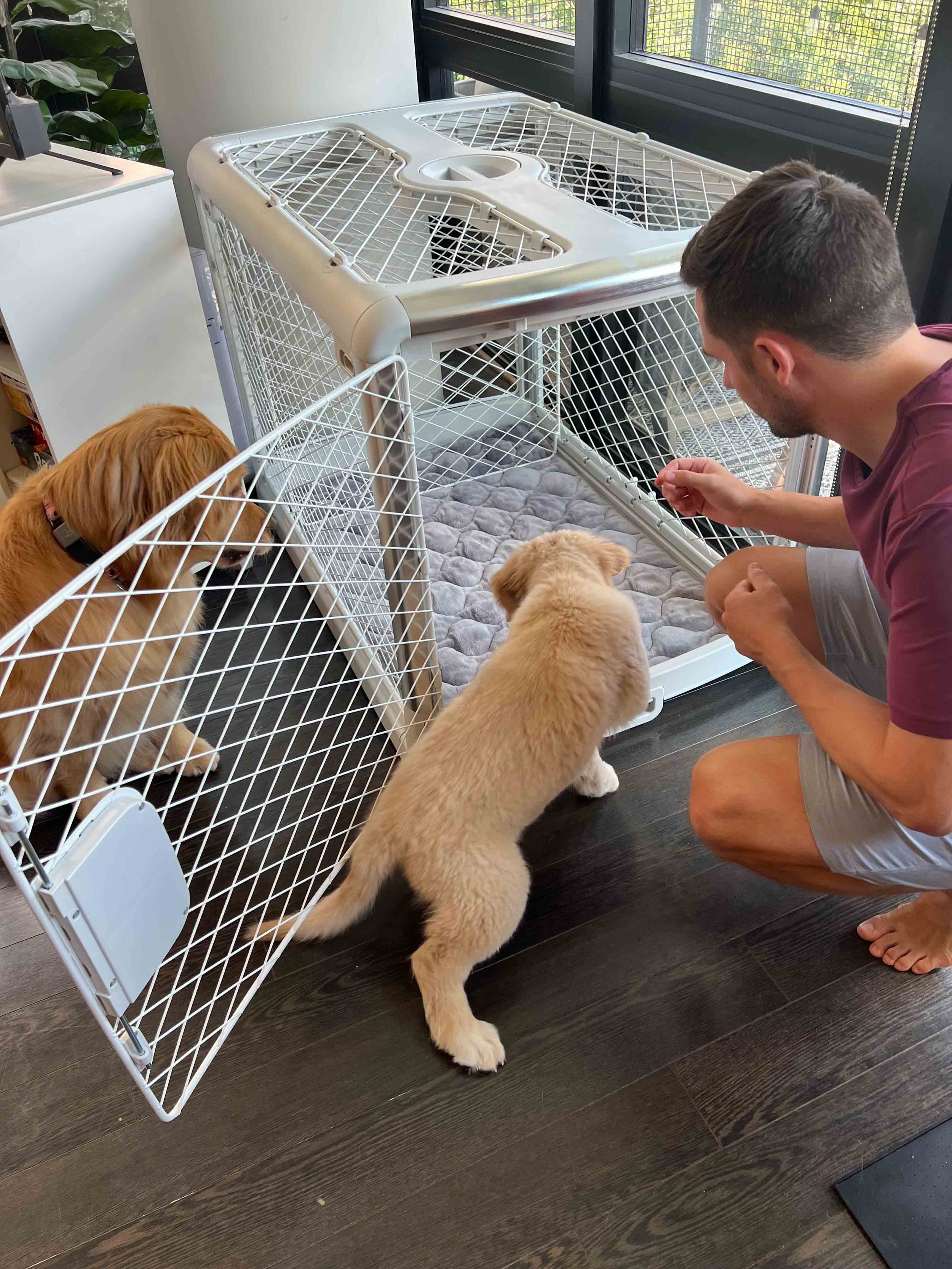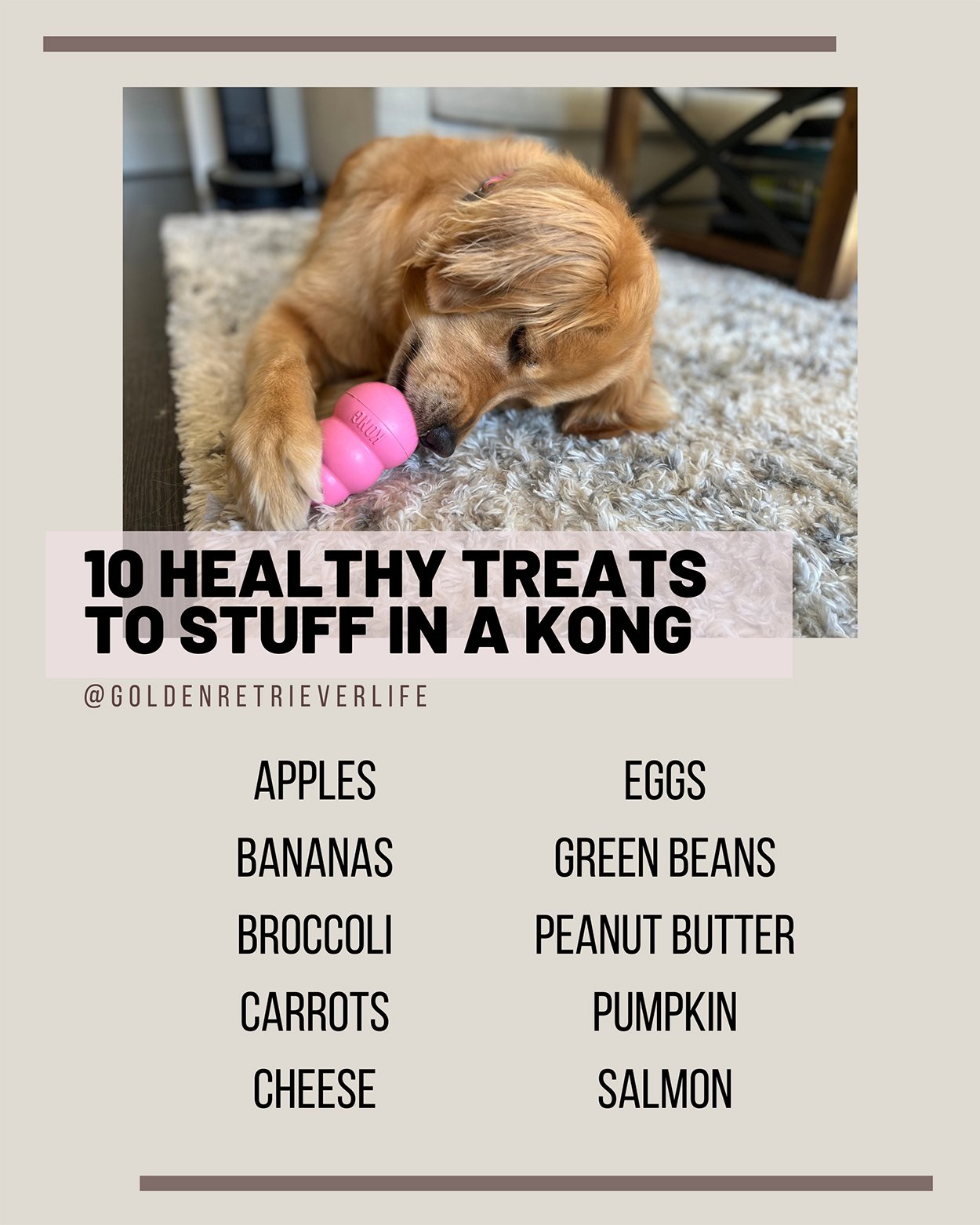The Benefits and Techniques of Crate Training for Dogs
Some people believe crates are unfair to dogs, but in reality, crate training is a vitally important part of bringing a dog into your home.
It is one of the quickest and least stressful ways to mold desirable behaviors in dogs, such as potty training, and leads to more freedom in the long run.
This blog will answer commonly asked questions about crate training and cover how I taught Ellie and Emma to LOVE their crates.
❓ Who should use a crate?
❓ What kind of crate should I buy?
❓ When should I put my dog in a crate?
❓ Where do I put the crate?
❓ Why use a crate?
❓ How long do I leave my puppy in a crate?
Interested in more training tips for your puppy?
We created an app for you! Join us today for free! 🙂
The Hapco Puppy Program includes:
Before Getting Your Puppy. The most important things to do in order to prepare for this new addition to your family.
After Getting Your Puppy. A four-week program to build a solid training foundation.
Resources. Additional guides about our most asked topics, such as potty training, crate training, and puppy biting.
Questions about Crate Training
Who should use a crate?
Dogs of all ages can benefit from crates if properly trained through positive reinforcement.
If you are getting a new puppy, I would highly recommend starting crate training on Day 1.
What kind of crate should I buy my dog?
The most common crates are either wire, plastic, fabric, or wood.
Wire: Sturdy. Often collapse and fold for transportation or storage. There is the option to cover with a blanket for more privacy.
Plastic: Solid structural support. Less visibility than a wire crate but has ventilation with holes in the side wall and front door.
Fabric: Less structure support, therefore, is typically used for dogs that are well trained in crates. Easily transportable option.
Wood: Stylish! There are many custom options if you want something to go with your home decor. Some designs even double as an end table.
Crate sizes are typically based on your dog’s length and height. Refer to the specific crate dimensions and guidelines before purchasing.
👍🏼 The rule of thumb is to ensure your dog will have enough room to stand up, turn around and lie down comfortably.
-
If you have a medium or large breed dog, your puppy may need a different size crate when they are three months old compared to a year old.
I recommend buying a crate that suits them when fully grown and adding a divider in the first few months. When they are young, only allow enough space in the crate to lie down and turn around comfortably.
The divider helps with potty training. If your puppy has more space than needed, they may make one-half of it a potty spot when duty calls.
-
Size: Large (44"L x 28"W x 30"H)
Color: Ash
I added my own padding to the bottom of the crate that still allows room for the divider.
Once Emma no longer needed the divider, we switched to the Diggs Snooz Crate Pad (size Large).
I love Emma’s crate because it comes with a puppy divider, is made of high-quality material, and is easily transportable.
When should I put my dog in a crate?
Night time
Naps
When you’re out of the house
When your dog needs some time to “settle down.” (Overtired dogs may get into more mischief, such as biting and chewing)
When you are busy and cannot provide direct supervision
After being out playing for a few hours (and after going potty)
When a visitor first comes into the house (depending on your training style)
Where do I put the crate?
Choose a room that you use often. Your dog may still be able to see what activity is happening around them, feel included, and settle more easily. On the other hand, if your dog has to leave everyone and go off to a remote part of the house, they may learn to associate the crate with a more traumatic and negative experience.
Consider putting the crate on the same level of the house that they will be going out to the bathroom during potty training.
Where exactly in your house you choose to put the crate may vary. However, most choose out of the way of main traffic and away from any hazards such as a fireplace or an area of direct sunlight.
Why use a crate?
Aids in bowel and bladder control
Helps prevent destructive behavior
Teaches your dog to settle
Gives them a familiar place when they are tired
Conditions relaxed behaviors
Helps them feel comfortable if they have to use a crate at daycare or boarding
Important training for travel and staying in hotels
How long do I leave my puppy in a crate?
Crate time is mostly based on their bathroom needs.
For puppies, the general rule, when they are awake, is they can stay in their crate for one hour for each month of age. When Emma came home, she was two months old, so we only kept her in the crate for two hours at a time.
Allow your puppy to go to the bathroom before going in their crate, which will help ensure all their needs are met so they can rest comfortably. Likewise, take them out to potty immediately when letting them out of their crate.
How I Taught Ellie and Emma to Enjoy Their Crates
During the first week home, Emma slept through the night in her crate and used it for all naps. She never barked, whimpered, whined, or tried to execute a grand escape. What’s the secret?
I used these 5 steps for crate training!
Step 1
Give your dog treats around the crate. Do not try and contain them or control where they go. Open and close the gate near them. Allow them time to sniff and explore on their own and offer yummy treats.
Step 2
With the door wide open, throw a high-value treat just a few inches inside the crate and let them enter and exit on their own. Repeat a few times.
The theme is to avoid picking up and placing your dog in the crate. Allow them time to go in and out as they feel ready. Keep the treats flowing!
Step 3
Keep the gate wide open and throw the treats halfway in the crate and then to the back of the crate. Repeat a few times.
Step 4
Throw a treat to the back of the crate. Once all four paws are in, shut the door and open it back up! Allow your dog to come out of the crate and throw a party like they just completed the most impressive trick you have ever seen.
Step 5
Gradually increase the time the door is closed. Keep praising them in an upbeat, high-pitch tone, offering their favorite treats.
Important Note: Do not reach into their precious space and yank them out. Keep it a positive experience by letting them come out on their own or use treats to lure them out.
What about when I need to leave my dog in the crate for a longer period?
Hopefully, after completing the five steps above, your dog will be more comfortable going in and out of the crate. Dogs, especially puppies or high-energy dogs, often seek something to do. So if they go in the crate and everyone leaves, you start getting the behaviors of chewing on the bed, chewing on the side of the crate, barking, and scratching at the door to get out.
A solution? Give them something to do!
If they aren’t a “super chewer” a stuffed Kong can help occupy and calm them down. Also, we use a Ring camera to check on Emma when we’re gone.
How to Let Your Dog Out of the Crate
You may have devoted a lot of time and training to getting your dog to go into their crate.
Training them on coming out of the crate can be just as valuable.
Try this!
Wait for calm behavior before opening the door.
Ask your dog to “sit” before opening the door.
If you’ve been training “wait,” ask your dog to “wait” while opening the door.
I do not recommend:
Opening the crate when your dog is scratching at the door, barking, or whining. If you let them out now, you are reinforcing that when they bark, the reward is that they get to come out.
Reaching into their precious space and yanking them out. Keep it a positive experience by letting them come out on their own or use treats to lure them out.
You may also be interested in…
